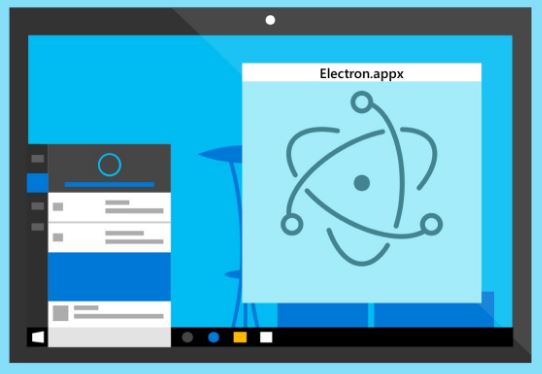How Slack brought its desktop app to the Windows Store

There's no official Electron bridge to Windows 10, even though there are iOS, Win32, and Silverlight bridges meant to help developers move their apps into the Windows Store.

But that didn't stop Slack and Microsoft from working together to create an easier way for Electron apps to run in the Store and integrate with the Windows Runtime programming interfaces.
(Slack -- the instant-messaging and team-collaboration vendor against whom Microsoft is competing directly with its coming Microsoft Teams product? The company that Microsoft was rumored to have contemplated purchasing a year ago? Yes, that Slack.)
In a January 17 blog post, Slack engineers provided a guide as to how they brought the Slack Desktop client to the Windows Store.
As has been reported previously, Slack used Microsoft's Desktop Bridge, also known as the Project Centennial.
See also
But Slack also wanted to "sneak Electron into the (WinRT) clubhouse," as the blog post explains. Electron is an open source framework from GitHub that is based on the Node.js runtime and Chromium web browser.
Slack contributed to and used the electron-windows-store tool that is designed to turn electron Apps into Windows AppX packages. This tool has been available since last year, around the time Microsoft enabled Win32 PC apps to be available through the Store as part of its Windows 10 Anniversary Update.
The Slack blog post reiterated the oft-stated reasons developers might want to bring their apps to the Windows Store: Better application discovery; one-click installations; "no files or registry items left behind"; and the ability to interact directly with hardware, lock screens, payments, notifications, and Cortana.
Sounds good on virtual paper, but I'm curious how many apps are in the Windows Store. It's been ages since Microsoft released an updated number. Knowing the impact of the bridges on total number of apps in the Store would be interesting, too.
Microsoft hasn't had much to say around its evangelization of the Windows Store and Universal Windows Platform apps lately.
There are a few Win32 apps already in the Windows 10 Store that were built with the Desktop Bridge, including Evernote, Arduin IDE, and Double Twist. Microsoft is known to be working on bringing its own Win32 version of its Office suite to the Windows Store via the Centennial bridge technology, as well.
There is a webcast on February 8 (free registration is here) that will cover some UWP tooling topics related to the coming Windows 10 Creators Update. And Build 2017 is coming in mid-May. I'll be interested to see how much UWP talk there is this year at Build vs. how much Microsoft talks up its Azure App Service for building mobile and Web apps and .NET Everywhere work.
Microsoft Teams' tricks should make Slack nervous: